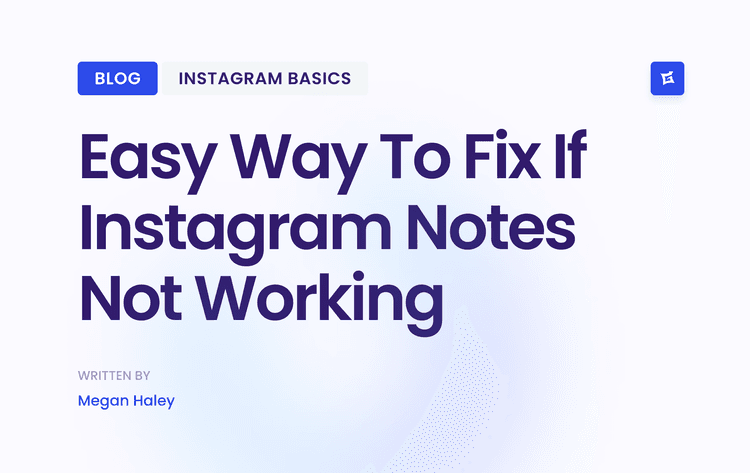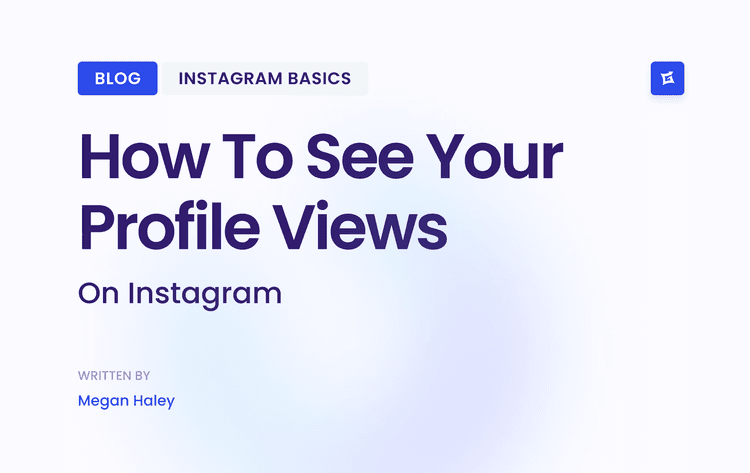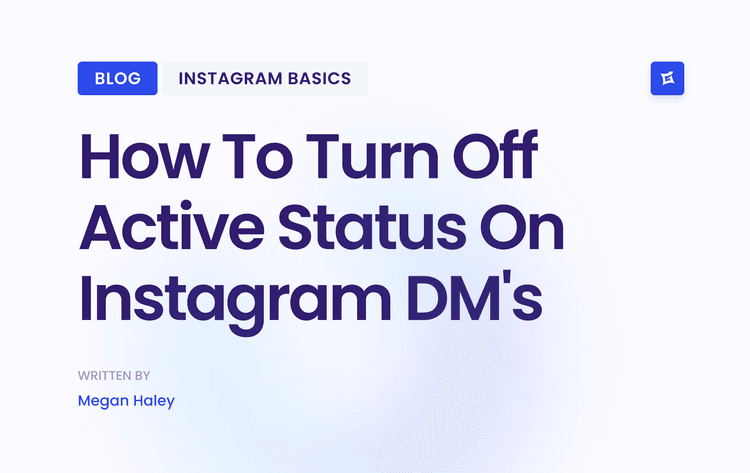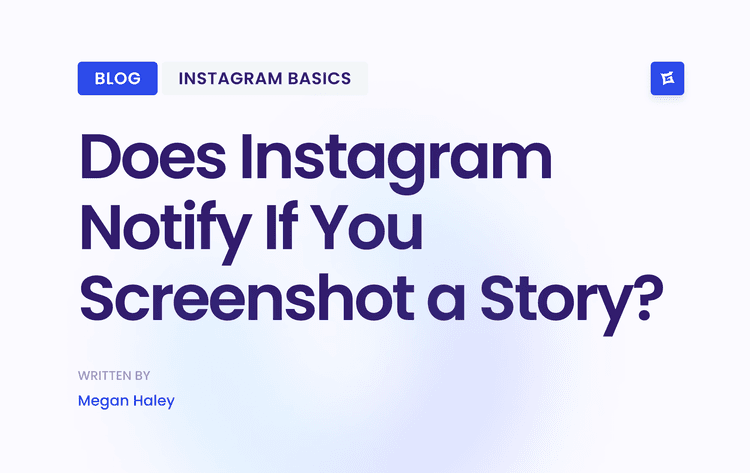Level Up Your Visuals
Rule of Thirds: Mastering Visual Harmony
The Rule of Thirds is a fundamental principle in visual storytelling. It can significantly improve the impact of your visual content. It’s a compositional guideline where an image is divided into nine equal sections using two horizontal and two vertical lines. Think of it like a tic-tac-toe board. Instead of placing your subject in the center, the Rule of Thirds suggests positioning key elements along these lines. Even better, place them at the points where the lines intersect, often called power points.
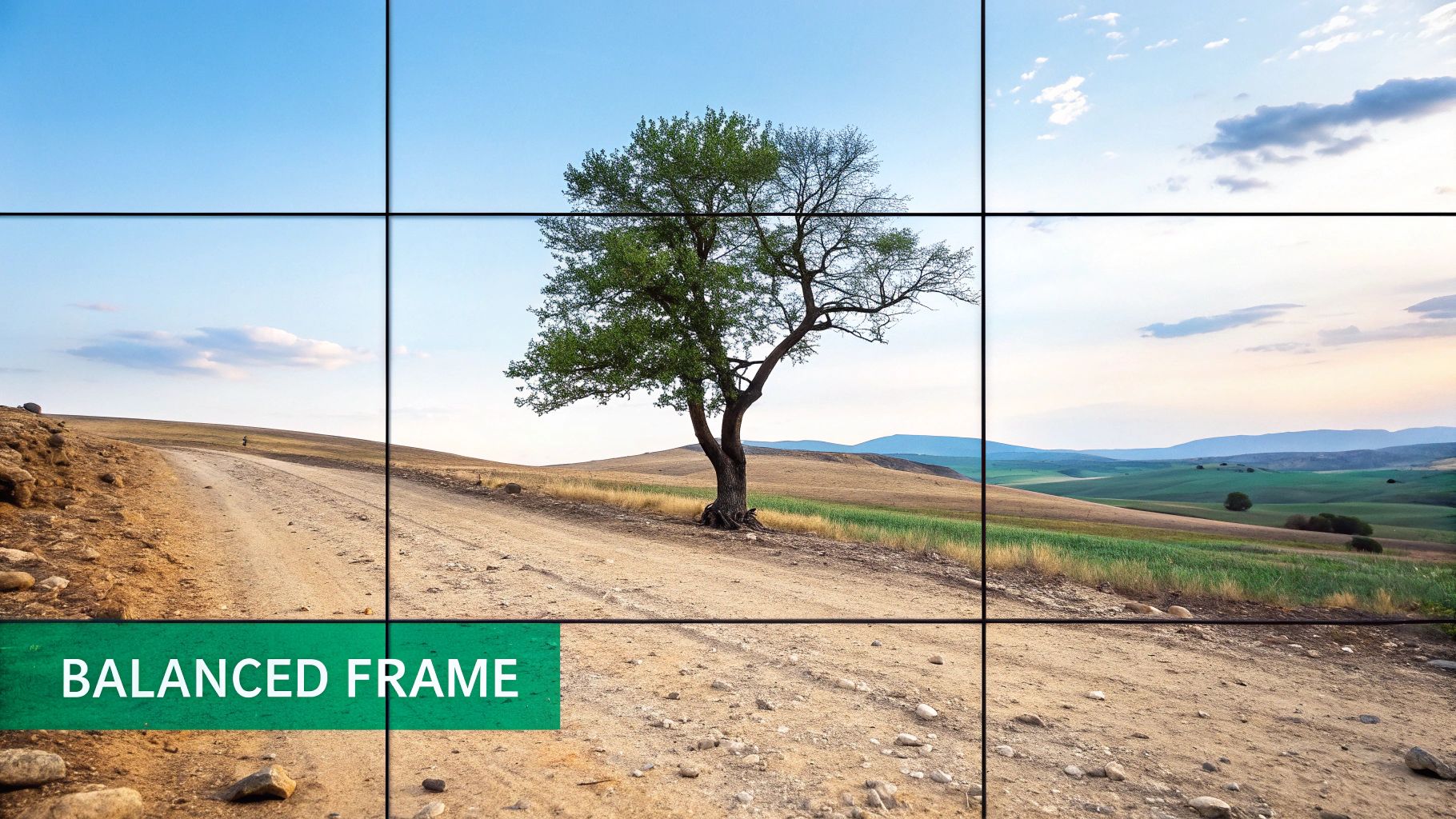
This simple technique creates more dynamic, visually balanced, and engaging compositions. It works with how our eyes naturally move across an image. This leads the viewer's gaze through the frame and creates a sense of visual harmony. This is why it's a top visual storytelling technique.
Features and Benefits
Grid-Based Composition: Offers a structured way to arrange elements in the frame.
Power Points: Placing subjects at intersections creates focus and visual interest.
Visual Balance and Harmony: Prevents static compositions that often result from centering.
Guides Viewer's Eye: Establishes a natural visual path, highlighting key elements.
Pros and Cons
Looking at the advantages, the Rule of Thirds creates dynamic compositions, making images more captivating. It’s also beginner-friendly, and easy to grasp and use, even for novices. It offers versatile applications, working across different media like photography, filmmaking, and graphic design. Finally, it encourages a natural visual flow, guiding the viewer's eye smoothly through the image.
However, there are some drawbacks. Overuse can make visuals feel formulaic and predictable. Sometimes, breaking the rule intentionally can create a stronger visual. Strict adherence can also limit creativity and unique compositions. Ultimately, context matters, as not every visual benefits from the Rule of Thirds.
Real-World Examples
Many renowned artists and brands utilize this technique. Wes Anderson, while known for symmetrical framing, subtly uses the Rule of Thirds. National Geographic often showcases its power in capturing landscapes and wildlife. Apple utilizes it in product photography to highlight features. Cinematographer Emmanuel Lubezki uses it to create immersive scenes in films like The Revenant.
A Brief History
The Rule of Thirds dates back to at least the late 18th century, although its exact origins are debated. John Thomas Smith, an English engraver, documented the principle in 1797. Its modern popularity is attributed to figures like photographer Henri Cartier-Bresson and cinematographer Roger Deakins. Software like Adobe Photoshop and Lightroom further cemented its use with grid overlays.
Practical Tips for Implementation
Enable Grid Overlay: Most cameras and smartphones have this feature.
Horizon Placement: Place horizons along the top or bottom third line, not in the middle.
Subject Placement: Place key subjects at intersection points for greater emphasis.
Break the Rule Strategically: Don’t be afraid to experiment and break the rule when needed.
By using the Rule of Thirds, you can create more visually appealing content that resonates with your audience and scale up your brand. This technique is a valuable tool for anyone working with visuals.
Color Theory and Psychology
Color plays a vital role in visual storytelling, moving beyond mere aesthetics to communicate directly with the viewer's subconscious. Color theory and psychology explore the emotional and psychological impact of different colors, using them to convey mood, tone, and meaning within a narrative. This involves careful color selection, palette creation, and sometimes color grading to evoke specific feelings, establish character traits, indicate periods, or create recurring visual motifs.

This technique encompasses several key features:
Strategic use of color palettes to convey emotions (warm hues for romance, cool tones for isolation)
Color grading to establish overall atmosphere and mood
Color contrast to highlight important elements
Clever use of color symbolism and cultural associations
For example, red can represent passion, danger, or anger depending on the context and accompanying colors.
Effectively using color offers numerous benefits:
Subconscious emotional communication: Bypassing the viewer's rational mind for a visceral impact.
Visual continuity and cohesion: Linking different scenes or elements together.
Establishing time, place, and atmosphere: Transporting the audience.
Subtle guidance of audience attention: Enhancing narrative flow.
Examples of Effective Color Use in Film
Consider the masterful use of teal and amber in Guillermo del Toro's The Shape of Water, which creates a dreamlike, otherworldly atmosphere. The distinct color palettes in Breaking Bad differentiate timelines, subtly guiding the viewer through the narrative's complex chronology. Even the desaturated green of The Matrix contributes to the film's sense of unease and artificiality. These examples highlight the power of color in shaping audience perception.
Challenges of Color Theory
However, like any powerful tool, color theory requires careful handling. Color associations vary across cultures; what resonates with one audience may be misinterpreted by another. Overuse can lead to cliché, undermining the intended effect. Effective color grading and correction require technical knowledge, and production or printing constraints can sometimes limit color choices.
Implementing Color Theory Effectively
For aspiring visual storytellers, effective implementation of color theory starts with planning. Create a color script or mood board before production, limiting your palette to 3-5 core colors for consistency. Use complementary colors for dramatic tension, and always consider color accessibility for viewers with color blindness. Studying the color grading in films that capture your desired mood can provide valuable inspiration. Examples of Social Media Branding can offer inspiration on maintaining consistent branding through color.
Influential Figures in Color Theory
Pioneers like cinematographer Roger Deakins, known for his distinctive color palettes, and color theorist Johannes Itten, have shaped our understanding and application of color in visual art. Influential figures like painter Edward Hopper and studios like Pixar Animation Studios, pioneers of digital color scripts, have further popularized and refined these techniques. Color theory and psychology have become essential elements of effective visual storytelling, due to their ability to subconsciously influence viewers and create a cohesive and impactful narrative.
Visual Metaphor and Symbolism
Visual Metaphor and Symbolism elevates storytelling. It uses imagery to represent abstract concepts, emotions, or ideas. Instead of directly stating themes, this technique weaves deeper meaning through visual parallels. These parallels connect seemingly unrelated elements, prompting audience interpretation and engagement. This powerful tool allows content creators to communicate complex narratives efficiently and memorably.

Understanding the Power of Visual Language
Think of the floating plastic bag in the film American Beauty. It’s more than just litter. It symbolizes beauty and the fleeting nature of freedom. This is a visual metaphor in action. Recurring motifs can also build symbolic weight. The clocks in Hugo, for example, represent legacy and the passage of time.
Several techniques are key to using visual metaphor effectively:
Juxtaposing contrasting visuals
Using culturally significant imagery
Employing objects and settings to represent abstract ideas
Examples Across Media
The visual metaphor isn't limited to film. Consider the yellow brick road in The Wizard of Oz, a widely recognized symbol of self-discovery. In more recent cinema, Jordan Peele uses the "Sunken Place" in Get Out as a metaphor for societal oppression. Even in static images, artists like René Magritte employed surreal juxtapositions to create thought-provoking metaphors. His work influenced generations of visual storytellers.
Evolution and Influence
Masters of cinema like Alfred Hitchcock and Stanley Kubrik pioneered using visual symbolism in film. They uplifted it from a stylistic choice to a core storytelling device. Kubrick's layered metaphors invite endless analysis. Hitchcock's symbolic imagery amplified suspense and psychological depth. Andrei Tarkovsky further explored the poetic potential of visual symbolism, inspiring filmmakers to explore complex themes through imagery.
Pros and Cons for Content Creators
Pros:
Adds Depth and Layers: Visual metaphors enrich narratives, fostering engagement and repeat viewings.
Memorable Visual Hooks: Symbolic imagery creates lasting impressions, making content stand out.
Efficient Communication: Complex ideas are conveyed quickly and effectively.
Cross-Cultural Reach: While cultural differences exist, strong visual metaphors can transcend language.
Encourages Active Interpretation: Viewers actively decode the narrative, strengthening their connection with the content.
Cons:
Risk of Misinterpretation: Symbolism can be open to different, sometimes unintended, readings.
Cultural Sensitivity: Symbol meanings vary across cultures, demanding careful consideration.
Potential for Pretension: Overusing or poorly executing metaphors can seem artificial.
Requires Visual Literacy: Audiences need visual understanding to appreciate the symbolism.
Tips for Implementation
Establish and Reinforce: Introduce metaphors early and reinforce them subtly throughout your narrative.
Cultural Awareness: Research symbol meanings within your target audience.
Show, Don't Tell: Trust your audience to interpret metaphors. Avoid explicit explanations.
Utilize Visual Tools: Use props, lighting, and composition to emphasize symbolic elements.
Integrated Approach: Combine metaphors with other storytelling techniques for maximum impact.
Why Visual Metaphor and Symbolism Matters
In a world saturated with content, capturing attention is paramount. Visual metaphor and symbolism offer powerful tools for impactful, memorable storytelling. These tools resonate with audiences on a deeper level. By mastering this technique, content creators can uplift their storytelling, connect with their audience, and create lasting impact.
Visual Hierarchy and Composition
Visual Hierarchy and Composition is the art of arranging elements within a frame to guide the viewer's eye and tell a story. It's about creating a clear visual path through an image or video, ensuring the audience absorbs information in the intended order. This technique uses design principles like size, contrast, spacing, color, and positioning to build relationships between elements and emphasize key information. It's not about aesthetics alone; it's about effective communication.
This technique is crucial for impactful visual storytelling because it manages viewer focus and reduces cognitive load. By prioritizing important elements and guiding the eye, you speed up comprehension and strengthen your message. Think about a cluttered website versus a clean, well-organized one. Which is easier to understand? The latter, thanks to good visual hierarchy.
Key Features of Visual Hierarchy
Several features contribute to effective visual hierarchy and composition:
Strategic Placement: The most important elements should occupy prominent positions, often centrally or at third intersections.
Size and Contrast: Larger and more contrasting elements naturally draw the eye. Use this to highlight key subjects.
Isolation: Surrounding an element with negative space makes it stand out.
Leading Lines: Lines, whether real or implied, can guide the viewer's gaze to a focal point.
Depth: Creating depth through layering with foreground, midground, and background adds visual interest and helps establish relationships between elements.
Examples of Effective Visual Hierarchy
The power of visual hierarchy is everywhere. Saul Bass's iconic title sequences, known for their simplicity, masterfully employ these principles. Apple's marketing materials strategically emphasize product features through size and contrast. Christopher Nolan's IMAX compositions in Dunkirk use scale and depth to create stunning visuals. Even in data visualization, as seen in The New York Times's visual journalism, hierarchy makes data accessible and engaging. Steven Spielberg's use of color in Schindler's List exemplifies the power of contrast for narrative emphasis.
A Rich History of Visual Hierarchy
This technique has a rich history. Figures like Jan Tschichold and Massimo Vignelli pioneered its use in typography and design. The Bauhaus movement further solidified the principles of visual hierarchy, influencing generations of artists and designers. Cinematographers like Roger Deakins and information design pioneers like Edward Tufte continue to demonstrate its importance.
Challenges of Visual Hierarchy
Visual hierarchy, while powerful, can be tricky. Overdoing it can feel manipulative, and cultural viewing patterns can influence interpretation. It requires understanding human perception and constant adjustment as the visual context changes.
Pros and Cons of Visual Hierarchy
Pros:
Controls viewer focus and information processing
Creates clear visual communication
Reduces cognitive load
Enhances storytelling
Works across static and moving media
Cons:
Requires understanding of human perception
Can feel manipulative
May not translate across all cultures
Needs constant adjustment
Tips for Implementing Visual Hierarchy
Sketch First: Plan your hierarchy before finalizing your design.
Use Contrast: Employ size, color, and shape to create focus.
Apply Gestalt Principles: Understand how viewers perceive relationships between elements.
Create Depth: Establish clear foreground, midground, and background.
Test Your Compositions: Get feedback to verify your intended focus.
You might be interested in: Our guide on building an Instagram Content Strategy for practical application of visual hierarchy on social media.
Visual Hierarchy and Composition are essential for any visual storyteller. Its ability to control viewer attention, enhance narrative clarity, and reduce cognitive load makes it invaluable for crafting compelling visual content.
Framing and Perspective
Framing and perspective are crucial visual storytelling techniques. They go beyond simply pointing the camera. Instead, they involve carefully choosing the viewpoint, camera angle, and composition to shape the narrative and evoke emotional responses. How a subject is framed—from above, below, or at eye level, in close-up or wide shot—greatly impacts how viewers perceive the story and connect with the characters.
Understanding the Power of Perspective
Imagine a CEO addressing employees. A low-angle shot, looking up at the CEO, conveys power and authority. Shooting from a high angle, looking down, might portray vulnerability. This simple change in perspective dramatically alters the story's subtext.
Framing also involves using elements within the scene to create natural frames. A character seen through a doorway or window draws the viewer's eye and adds depth. Point-of-view (POV) shots, showing the scene from a character's perspective, create a strong sense of identification, immersing the audience in their experience.
Features and Benefits
Manipulation of Camera Angles: Establishes power dynamics and character relationships.
Use of Natural Frames: Focuses attention and adds visual interest.
Point-of-View (POV) Shots: Creates empathy and identification with characters.
Perspective Distortion (e.g., Wide-Angle Lenses): Enhances mood and psychological states.
Frame Size Selection: Controls information conveyed and emotional intensity.
Pros and Cons
Here's a quick look at the advantages and disadvantages of using framing and perspective:
Pros:
Visual techniques evoke strong emotional responses.
They help establish character relationships visually.
They orient viewers within the story.
They provide visual variety.
They communicate subjective experiences.
Cons:
Overuse of techniques can become clichéd.
They require a technical understanding of optics and perspective.
Inconsistent use of techniques can disorient viewers.
An overemphasis on technique can overshadow the story.
Evolution and Examples
The evolution of framing and perspective is full of iconic examples. Orson Welles' use of low-angle shots in Citizen Kane conveys power. Stanley Kubrick's use of a one-point perspective in The Shining creates unease. Emmanuel Lubezki's long takes and POV shots in Children of Men place the viewer in the action. Alfred Hitchcock used the vertigo effect (dolly zoom) in Vertigo to represent the protagonist's psychology.
Practical Tips for Implementation
Match Frame Size to Emotional Intensity: Closer shots for intimate moments, wider shots for establishing scenes.
Maintain Eye-Line Consistency: Ensures spatial continuity and prevents confusion.
Low Angles for Power, High Angles for Vulnerability: A basic principle for communicating character dynamics.
Utilize Natural Frames: Doorways and windows can add depth and focus attention.
Experiment with Different Lenses: Wide-angle lenses for expansiveness, telephoto lenses to compress space.
Why Framing and Perspective Matter
Mastering framing and perspective is essential for capturing the audience's attention. These techniques scale up storytelling, allowing creators to communicate complex emotions and immerse viewers. For content creators seeking organic growth, understanding and applying these principles is crucial for producing engaging and impactful content. They empower you to tell your story with visual nuance, forging deeper connections with your audience.
Visual Pacing and Rhythm
Visual pacing and rhythm a crucial aspects of visual storytelling, often overlooked but incredibly powerful. It acts as the heartbeat of your narrative, guiding your audience's attention and dictating the emotional flow. By controlling the speed and flow of visual information, you can create a truly immersive experience, building suspense and evoking specific feelings. This is an essential skill for anyone creating visual content, whether it's a short social media clip or a feature-length film.
Visual pacing and rhythm aren't simply about how fast or slow your video is. It's about the variation and control of that speed. It's about understanding how manipulating visual elements impacts the viewer's perception of time, emotion, and how the story unfolds.
Key Features of Visual Pacing and Rhythm
Manipulation of Shot Length and Editing Tempo: Short, rapid cuts can create urgency and excitement. Longer takes can build tension or allow for reflection.
Control of Visual Density and Complexity: A frame filled with detail can feel overwhelming, while a minimalist composition can evoke peace or isolation. Varying this complexity keeps viewers engaged.
Strategic Use of Movement (Camera and Subject): Fast-paced action requires swift camera movements and dynamic subject movement. Slow, deliberate movements create a more contemplative mood.
Patterns of Visual Repetition and Variation: Repeating visual motifs can establish a rhythm. Breaking that pattern can highlight key moments or create surprise.
Synchronization with Audio Elements: The synergy between visual pacing and sound design is vital in video content. Music, sound effects, and dialogue all contribute to the overall rhythmic experience.
Advantages of Effective Pacing
Creates Emotional Engagement: Controlling the tempo allows you to directly influence the viewer's emotional state, ranging from exhilaration to tranquility.
Builds and Releases Tension: Slowly building visual information, followed by a rapid release, creates powerful moments of suspense and impact.
Maintains Viewer Attention: Varying the pacing prevents monotony and keeps the audience engaged.
Communicates Time Passage and Emotional States: Fast cuts can signify the rapid passage of time, while slow, lingering shots emphasize emotional weight.
Allows Emphasis of Key Moments: Disrupting the established visual rhythm draws attention to important plot points or emotional beats.
Potential Challenges of Pacing
Can Feel Manipulative: Overly formulaic or predictable pacing can feel contrived and disconnect the viewer.
Requires Understanding of Audience Attention Spans: Different platforms and audiences have different tolerances for pacing variations.
Technology and Platform Constraints: File size limitations or platform-specific video lengths might restrict your ability to implement your desired pacing.
Cultural Differences in Visual Processing Rates: Consider cultural nuances in visual perception when creating content for a global audience.
Examples in Film
Fast-paced: Edgar Wright's quick cuts and rhythmic editing in Baby Driver and Scott Pilgrim vs. The World create frenetic energy synchronized with the soundtracks. The accelerating cross-cutting in Christopher Nolan's Dunkirk heightens the tension.
Slow and Deliberate: Terrence Malick's style in The Tree of Life uses long takes and flowing camera movements to create a sense of wonder. Wes Anderson's composed frames and precise timing in The Grand Budapest Hotel establish a unique visual rhythm. Damien Chazelle's Whiplash uses jazz-inspired editing rhythms.
Practical Tips for Implementation
Storyboard: Plan your visual rhythm before filming. Storyboarding helps visualize the flow of shots and experiment with pacing.
Vary Shot Length: Use shorter shots for action and tension, and longer shots for reflection and emotional impact.
Establish a Baseline Rhythm: Create a consistent rhythm and then strategically break it for emphasis.
Match Pacing to Narrative: Align the visual pacing with the emotional arc of your story.
Consistent Movement: Maintain consistent direction and speed of movement (both camera and subject) for visual coherence.
Influential Figures in Pacing
The art of visual pacing has been shaped by pioneers like Sergei Eisenstein, a foundational figure in montage theory). Influential film editors like Walter Murch and Thelma Schoonmaker, and directors like Edgar Wright and Sally Menke, have further refined these techniques. Mastering visual pacing and rhythm can scale up your visual storytelling and create captivating content that resonates with your audience.
Show, Don't Tell (Visual Exposition)
"Show, Don't Tell" is a cornerstone of effective visual storytelling. It prioritizes visual communication over explicit dialogue or text. Instead of explaining a character's feelings or a setting's significance, you let the audience discover meaning through visual cues, character actions, and subtle details. This creates a more engaging and immersive experience.
This approach strengthens emotional moments. The audience participates in the discovery process. Instead of being told "John was sad," we see him staring out a rain-streaked window, slumped shoulders, a single tear falling. This visual exposition lets the audience feel John's sadness more authentically. Showing, rather than telling, respects the audience's intelligence, inviting them to actively participate in the narrative.
Key Features of "Show, Don't Tell"
Revealing character traits through actions
Using environments to convey context and backstory
Communicating relationships through body language and positioning
Employing visual details to enrich the world
Creating moments of visual revelation, allowing the story to unfold naturally
Examples of "Show, Don't Tell" in Media
The power of "Show, Don't Tell" is evident across various media:
Pixar's Up: The opening montage conveys a lifetime of love and loss without dialogue.
Empire Strikes Back: Luke Skywalker's parentage is revealed through visual parallels and mirroring.
Mad Max: Fury Road: Furiosa's introduction speaks volumes through her actions and appearance.
The Last of Us: Environmental storytelling paints a picture of a post-apocalyptic world.
Drive: The initial character establishment relies heavily on visual action and carefully composed shots.
Masters of Visual Storytelling
This principle isn't new. Charlie Chaplin mastered visual storytelling in silent film. Hayao Miyazaki's animated films subtly convey complex themes and emotions. Contemporary filmmakers like Denis Villeneuve are known for their visually driven narratives. The influence of "Show, Don't Tell" extends to other media, with graphic novelist Alan Moore and game designer Amy Hennig championing its power.
Pros of "Show, Don't Tell"
Engaging and active viewing experience
Powerful and authentic emotional moments
Respect for audience intelligence
Memorable visual moments
Effective across language barriers
Cons of "Show, Don't Tell"
Potential for misinterpretation
Requires more planning and visual design
May not be suitable for conveying all types of information
Cultural differences in visual literacy can affect comprehension
Tips for Implementing "Show, Don't Tell"
Use possessions and environments to reveal backstory.
Establish relationships through proxemics (physical distance).
Create visual contrasts to highlight character differences.
Plant visual elements early that pay off later.
Trust your audience to interpret visual information.
You might be interested in: Our guide on Instagram Story Ideas for Business for practical applications of visual storytelling.
"Show, Don't Tell" is fundamental to uplifting visual storytelling. By prioritizing visual communication, you empower your audience to actively participate in the narrative, leading to a deeper connection and a more impactful story.
Juxtaposition and Contrast
Juxtaposition and contrast are cornerstones of visual storytelling. This technique leverages the power of comparison to create compelling narratives. By placing dissimilar elements side-by-side, juxtaposition generates meaning, highlights differences, and reveals unexpected connections that resonate deeply with viewers.
It works by playing on the cognitive dissonance or harmony created when contrasting visuals are presented together. This prompts audiences to draw their conclusions and experience a range of emotional responses. This active participation in meaning-making makes juxtaposition a powerful tool for engagement.
Ways to Use Juxtaposition
Juxtaposition can manifest in various ways:
Placing opposing elements within the same frame
Using visual contrasts like size, color, texture, and shape to amplify meaning
Creating irony through contradictory elements
Establishing thematic connections through parallels
Building narrative through the collision of disparate images
Examples of Juxtaposition in Film and Art
Think of the stark contrast between opulence and poverty depicted in Bong Joon-ho's Parasite. The film is rife with juxtapositions that highlight social inequalities. The cramped, semi-basement dwelling of the Kim family is constantly contrasted with the spacious, modern architecture of the Park family’s home. This visual dichotomy underscores the film’s central theme of class disparity.
Another iconic example is Stanley Kubrick's 2001: A Space Odyssey. A match cut juxtaposes a bone thrown into the air by an ape with a technologically advanced spacecraft. This signifies a monumental leap in human evolution and encapsulates millennia of progress in a single frame.
Even superhero narratives use this technique. The chaotic nature of the Joker is constantly juxtaposed with the ordered, methodical approach of Batman in The Dark Knight, visually representing their conflicting ideologies.
The power of juxtaposition isn’t limited to cinema. Dorothea Lange’s Depression-era photography masterfully contrasted the realities of poverty with images of wealth and abundance, exposing the harsh economic disparities of the time. Similarly, Banksy's street art often juxtaposes innocence with violence, creating thought-provoking commentary on social issues.
Pros and Cons of Juxtaposition and Contrast
Pros:
Creates immediate visual interest and impact: The tension in contrasting elements instantly grabs attention.
Communicates complex ideas efficiently: A single image can convey layers of meaning.
Stimulates intellectual and emotional engagement: Viewers actively participate in interpreting the meaning.
Highlights themes through visual relationships: Contrasts can reinforce core narrative themes.
Can create powerful memorable moments: Juxtapositions often resonate with viewers long after the initial viewing.
Cons:
Can become heavy-handed if overused: Subtlety is key for effective juxtaposition.
Meaning may be lost if contrasts are too subtle: Finding the right balance is crucial for communication.
Requires thoughtful implementation to avoid cliché: Overused juxtapositions can become predictable.
May seem manipulative if too obvious: The audience should feel invited to interpret, not dictated to.
Tips for Effective Implementation
Use size relationships to establish power dynamics: Larger elements can convey dominance.
Create visual contrasts that reinforce your theme: Align your visual choices with your message.
Consider unexpected pairings that challenge assumptions: Surprise can be a powerful tool.
Use editing to create meaningful contrasts between shots: Juxtaposition works in both still images and moving sequences.
Employ color contrast to highlight thematic differences: Color palettes can evoke specific emotions.
Influential Figures
The technique’s popularity can be attributed to influential figures like Sergei Eisenstein, a film theorist who developed montage theory, which relies heavily on juxtaposition; Banksy; Ridley Scott, a filmmaker who masterfully uses contrast; Barbara Kruger, an artist known for juxtaposing images and text; and Dorothea Lange.
Conclusion
Juxtaposition and contrast offer a powerful and versatile tool for visual storytelling. Its ability to create impact, convey complex ideas, and stimulate engagement makes it valuable for anyone looking to scale up their visual communication, whether for social media, marketing campaigns, or artistic expression. By understanding the nuances of this technique and applying it thoughtfully, you can create compelling and memorable visual narratives.
Visual Motifs and Callbacks
Visual motifs and callbacks are powerful tools for filmmakers and storytellers. They enrich the narrative and deepen audience engagement. These techniques involve the strategic repetition of visual elements. These can be objects, colors, compositions, or even specific camera movements. The goal is to create a cohesive narrative thread, reinforce themes, and communicate meaning subtly.
By echoing earlier moments, visual callbacks create a sense of cyclical completion. They also emphasize character development and reward attentive viewers with a deeper understanding of the narrative. This uplifts a story beyond a series of isolated moments, weaving them together into a tapestry of interconnected ideas and emotions.
How Visual Motifs Work
A visual motif gains power through repetition and association. A seemingly insignificant object can acquire symbolic weight as it reappears in different contexts. Connecting it to specific characters, emotions, or plot points creates layered meaning. This allows visual motifs to efficiently convey complex ideas without clunky exposition. Callbacks directly reference these motifs, creating a sense of resonance and recognition.
Real-World Examples
Inception: The spinning top blurs the lines between dreams and reality. Its visibility (or absence of spinning) keeps the audience guessing about the protagonist's true state.
The Sixth Sense: The color red signifies the supernatural, adding an unsettling layer to ordinary scenes.
Breaking Bad: A specific coffee cup subtly marks pivotal moments in Walter White's transformation.
The Godfather: Doors and thresholds symbolize transitions in power and the crossing of moral boundaries.
Evolution and Popularization
Visual motifs have a long history in storytelling. Directors like Alfred Hitchcock solidified their use in cinema, employing recurring visuals to create suspense and foreshadow events. Filmmakers like Darren Aronofsky, David Lynch, Wes Anderson, and Vince Gilligan further refined and popularized the technique. Their work demonstrates its versatility across genres, enhancing narrative cohesion, character development, and thematic resonance.
Tips for Implementation
Subtlety is Key: Introduce motifs subtly, allowing their meaning to build gradually.
Evolution of Meaning: Let motifs evolve and change meaning throughout the story.
Show, Don't Tell: Avoid explicitly explaining the meaning; let the audience discover the connections.
Strategic Placement: Use motifs at key emotional or narrative turning points.
Reward Repeat Viewing: Craft callbacks that reveal deeper layers of meaning upon subsequent viewings.
Pros
Narrative Cohesion: Creates a unified and interconnected story.
Deeper Meaning: Rewards attentive viewers with layered symbolism.
Emotional Connections: Establishes emotional resonance across different scenes.
Efficient Communication: Conveys complex themes and character development without lengthy exposition.
Cons
Overuse: Can become heavy-handed or predictable if used excessively.
Planning and Consistency: Requires careful planning and consistent application throughout production.
Missed by Casual Viewers: Subtle motifs might be overlooked by those not paying close attention.
Contrived Feeling: This can feel artificial if not organically integrated into the narrative.
Visual motifs and callbacks, when used effectively, significantly scale up storytelling. They create a more engaging and memorable experience, fostering a deeper connection with the story and its message. This is especially valuable for content creators who want to build a loyal audience that appreciates nuanced storytelling.
Negative Space and Minimalism
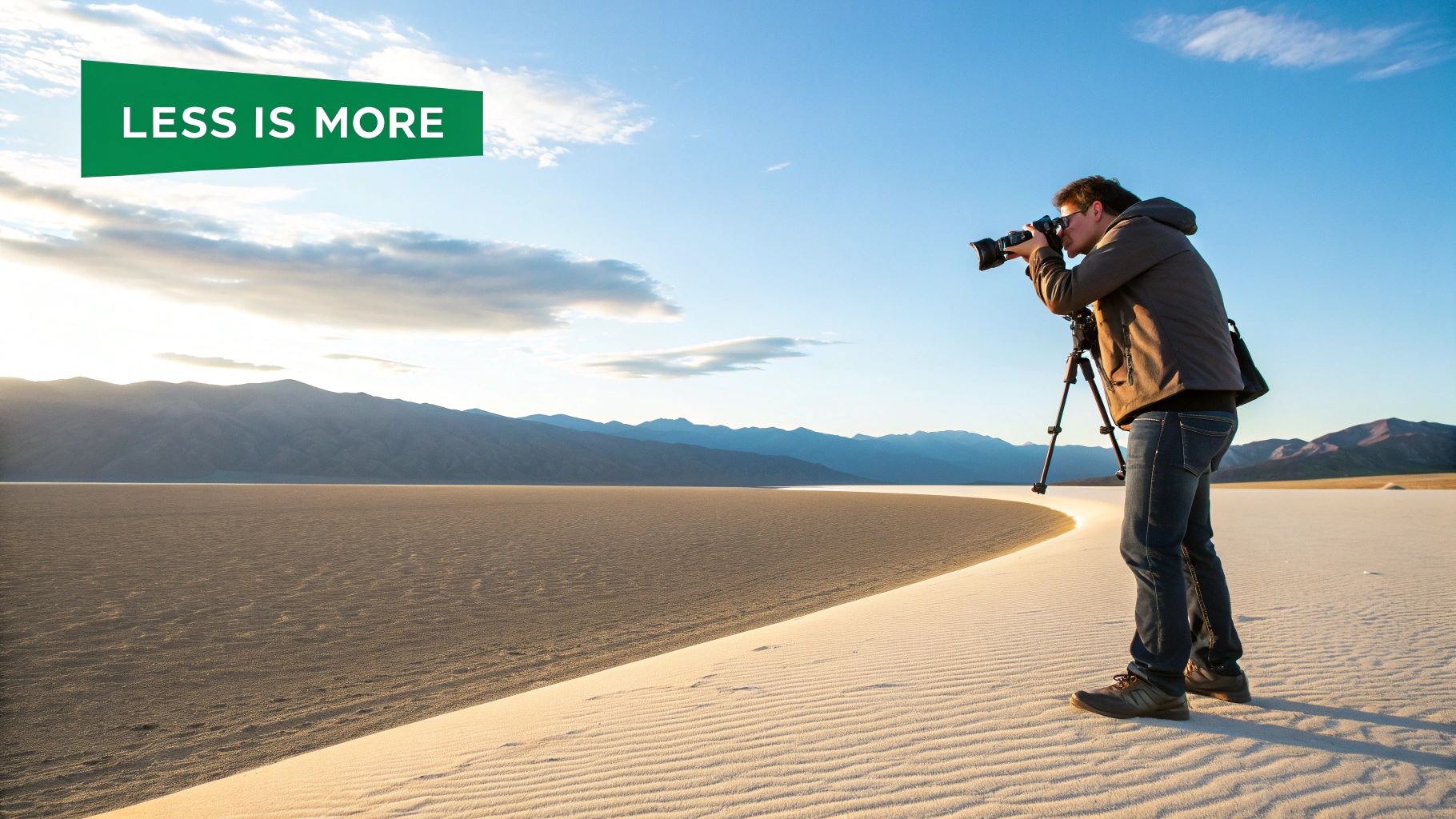
Negative space and minimalism are powerful visual storytelling techniques. This "less is more" approach uses emptiness and simplicity to communicate profound meaning and evoke strong emotions. By stripping away unnecessary clutter, viewers can focus on essential elements and even project their interpretations onto the empty spaces. This makes minimalism a valuable tool for influencers, businesses, and content creators looking to create impactful content.
This technique's power lies in its ability to communicate through suggestion. Strategic use of space directs the viewer's gaze, creating visual balance and highlighting key story elements. High contrast between the subject and background further enhances this effect. Consider the vast landscapes in Sergio Leone's Westerns, emphasizing the isolation of the American West. Or think of the clean lines of Apple's product design, communicating sophistication.
Minimalism in Art and Film
Minimalism has deep roots in art and film. Japanese filmmaker Yasujirō Ozu helped popularize the technique in cinema with his minimalist compositions. The influence of painter Edward Hopper, whose use of emptiness evoked loneliness and contemplation, is evident in many films. In design, Dieter Rams' minimalist principles have shaped visual communication for decades. More recently, filmmakers like Abbas Kiarostami and Sofia Coppola have used strategic emptiness to create emotionally resonant stories. For example, the film Lost in Translation uses negative space to emphasize the characters' feelings of displacement.
Features of Negative Space and Minimalism:
Strategic use of space to direct attention: The viewer's eye is naturally drawn to the subject placed within the emptiness.
Removal of non-essential visual elements: Clarity and focus are achieved by eliminating distractions.
High contrast between subject and background: This emphasizes the subject, creating a striking visual impact.
Careful frame composition emphasizing absence: The space itself becomes a crucial part of the overall composition.
Visual simplicity that highlights key story elements: Less visual clutter allows the core message to resonate more deeply.
Pros:
Creates striking, memorable imagery
Focuses viewer attention
Effectively communicates emotional states (e.g., isolation, loneliness)
Encourages viewer interpretation and engagement
Translates well across cultural boundaries
Cons:
Can seem pretentious if not used with a clear purpose
May be perceived as boring by some
Requires confident editing choices
Challenges traditional storytelling
Tips for Implementation:
Remove elements until only the essential remains: Ask yourself, "What is necessary to communicate the message?"
Use wide negative space to communicate isolation or insignificance: The vastness of space can amplify these feelings.
Position subjects off-center to create dynamic tension: This technique breaks the symmetry and adds visual interest.
Consider the shape and meaning of the space: The shape itself can contribute to the narrative.
Use minimalism at key emotional moments: Reserve this technique for scenes where you want to amplify the emotional impact.
Mastering negative space and minimalism can scale up your visual storytelling, creating content that is both aesthetically pleasing and impactful. This technique's ability to communicate through suggestion and evoke emotion makes it a powerful tool for any content creator. Connect with your audience on a deeper level by exploring the potential of negative space.
10-Point Visual Storytelling Techniques Comparison
Rule of Thirds has a low implementation complexity, as it follows a simple grid-based layout. It requires minimal resources, such as a basic camera and grid overlay. The expected outcome is balanced and dynamic compositions. It is ideal for photography, design, and filmmaking, and its key advantage is that it is accessible and intuitive for beginners.
Color Theory and Psychology has a medium complexity since it involves technical color grading. It requires moderate resources, including specialized software and knowledge. The technique evokes mood, tone, and emotional resonance. It is widely used in film, advertising, and gaming. Its key advantage is its powerful emotional impact and visual continuity.
Visual Metaphor and Symbolism are considered a high-complexity technique because they require abstract, layered execution. It requires moderate resources, involving creative research and direction. The expected outcome is the conveyance of deeper symbolic meanings and thematic depth. It is commonly applied in art films, literature, and advertising. The key advantage is that it engages active interpretation and cultural resonance.
Visual Hierarchy and Composition have medium complexity, as they demand an understanding of design principles. It requires low to medium resources, such as basic design skills and tools. This technique guides the viewer's attention with a clear narrative focus. It is useful in editorial design, filmmaking, and photography. A key advantage is that it reduces cognitive load through structured visual communication.
Framing and Perspective involve medium complexity due to the need for technical knowledge of angles and viewpoints. It requires moderate resources, including camera gear manipulation. This technique helps establish mood and spatial orientation while enhancing empathy. It is commonly used in feature films, documentaries, and advertising. A major advantage is its ability to create a strong emotional connection through effective framing.
Visual Pacing and Rhythm is a high-complexity technique requiring precise editing and timing. It demands high resources, including extensive editing tools and planning. The expected outcome is the creation of a dynamic rhythm, which builds tension and emotional engagement. It is widely used in film editing, commercials, and music videos. The key advantage is that it drives storytelling with a well-controlled tempo and rhythm.
Show, Don’t Tell (Visual Exposition) has medium complexity as it requires careful planning and subtle visual cues. It requires medium resources by utilizing strong environmental design and cues. The technique reveals narratives through action rather than exposition. It is commonly applied in films, TV series, and comics. The key advantage is that it engages audiences by respecting their intelligence and interpretation.
Juxtaposition and Contrast is a medium-complexity technique involving thoughtful pairing and composition. It requires low to medium resources, using basic shooting and editing tools. This technique creates immediate visual impact and thematic clarity. It is widely used in art films, photojournalism, and advertising. The key advantage is that it sparks intellectual and emotional responses with dynamic visuals.
Visual Motifs and Callbacks are a high-complexity technique because they require consistent thematic development and integration. It involves medium resource requirements due to ongoing production design continuity. The outcome is the establishment of narrative cohesion and layered thematic unity. It is commonly used in serial storytelling, franchises, and TV shows. The key advantage is that it rewards attentive viewers with enhanced narrative impact.
Negative Space and Minimalism have medium complexity since they require precise composition and restraint. It requires low resources, as it emphasizes minimal design elements. The technique focuses the viewer's attention with striking, memorable imagery. It is commonly applied in advertising, fine art, and photography. A key advantage is that it communicates maximum impact with elegant simplicity.
Bringing It All Together
Mastering visual storytelling techniques—from the Rule of Thirds and color psychology to visual motifs and negative space—will undoubtedly scale up your content and captivate your audience. The key is to use these techniques purposefully and thoughtfully, always keeping your core narrative in mind.
By understanding the psychology behind visuals and how they impact viewer perception, you can renew your storytelling. You can move from simple communication to powerful, emotional experiences that truly resonate with your audience.
Putting Theory into Practice
Applying these concepts effectively requires a combination of understanding the theory and consistent practice. Begin by identifying the core message you want to convey.
Then, select the visual techniques that best support and enhance that message. Don't be afraid to experiment with different approaches and analyze the results.
Platform Considerations: Each platform and audience is unique, so adapt your strategies accordingly.
Audience Engagement: Pay attention to what resonates with your viewers and refine your approach based on their engagement.
Staying Ahead of the Curve
The world of visual storytelling is constantly evolving. Keep an eye on emerging trends and explore new platforms and tools.
Stay curious about innovative ways to connect with your audience. As visual platforms grow in popularity, the ability to tell compelling stories through imagery will become even more valuable.
Key Takeaways:
Intentional Storytelling: Use visual techniques intentionally to support your narrative.
Know Your Audience: Tailor your visual approach to resonate with your target viewers.
Continuous Improvement: Continuously refine your techniques based on performance and emerging trends.
Emotional Connection: Leverage the emotional impact of imagery to create lasting connections.
Ready to take your Instagram account to the next level organically? Gainsty is the AI-powered social assistant that helps individuals and businesses like yours gain real followers and boost engagement authentically. No bots, no fake followers, just real growth powered by expert strategies and advanced AI. From influencers to real estate professionals, Gainsty tailors its approach to your specific niche. It offers quick setup, 24/7 support, and advanced analytics. See significant growth in your followers and engagement in no time. Start your journey to organic Instagram success today!
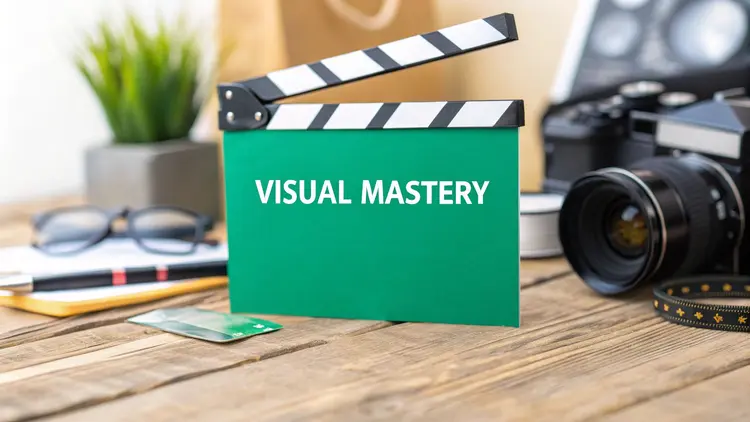
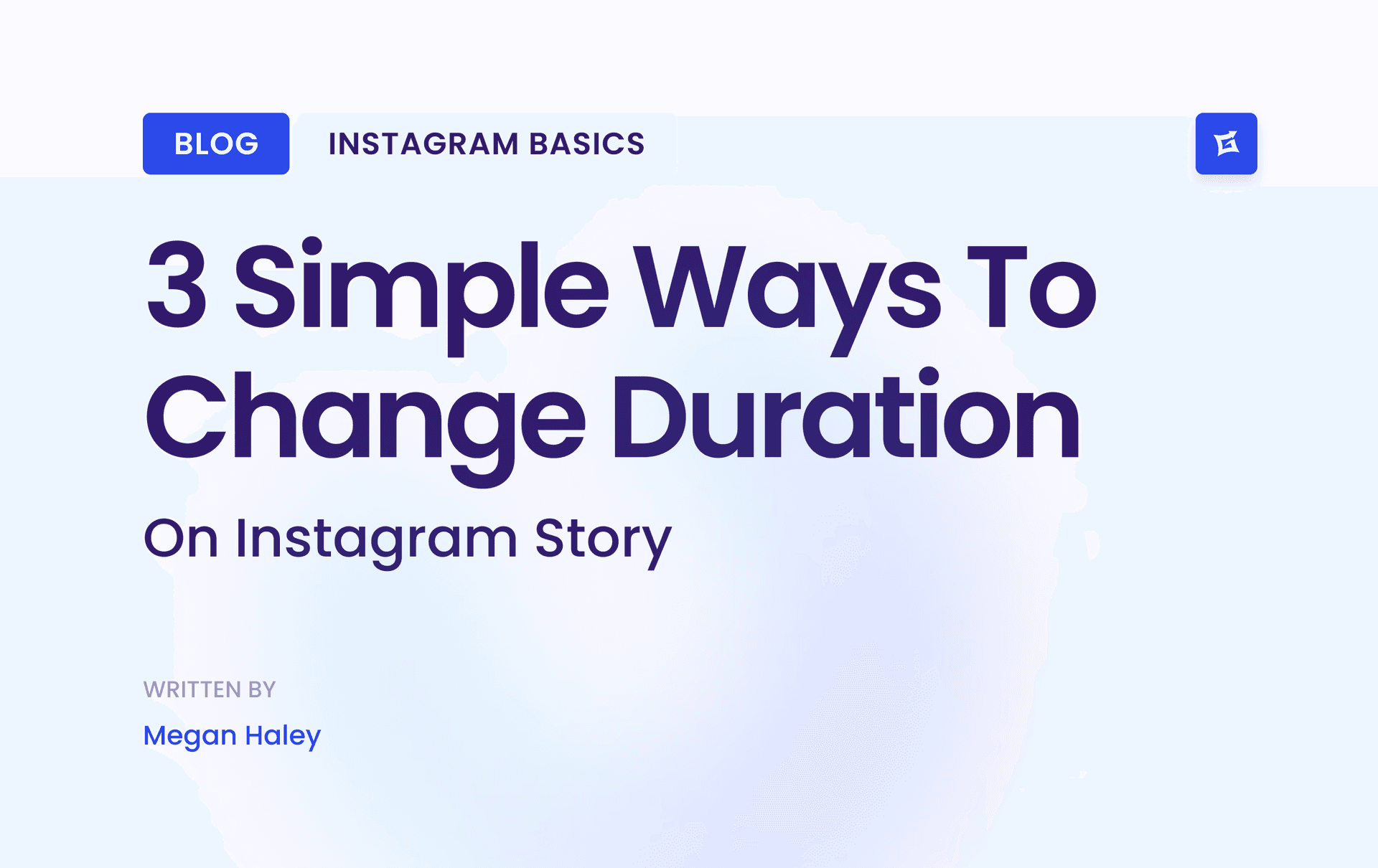
.png&w=1920&q=75&dpl=dpl_9XSWKBjhcBN6v6b1SN7m3p1WWjfr)
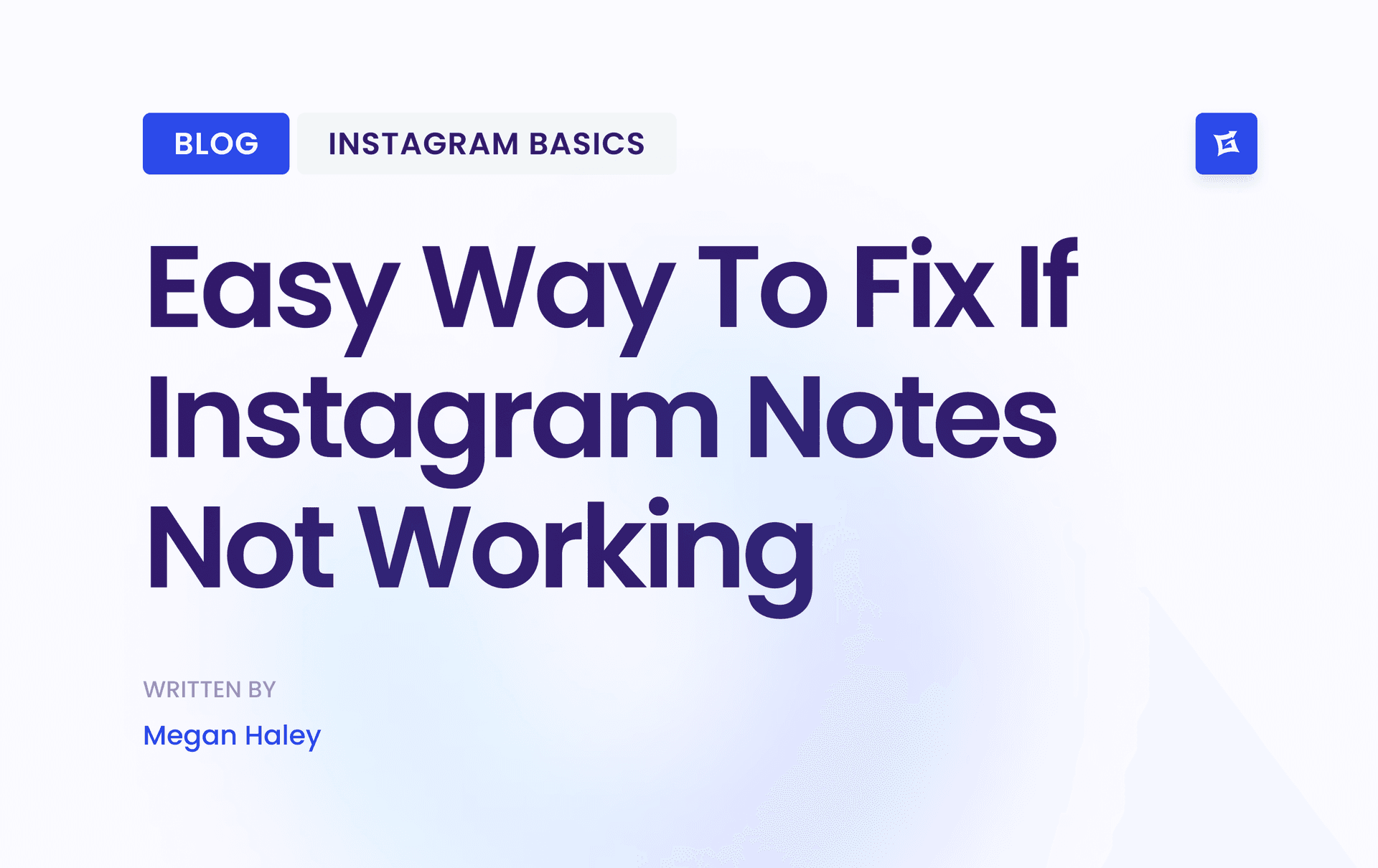
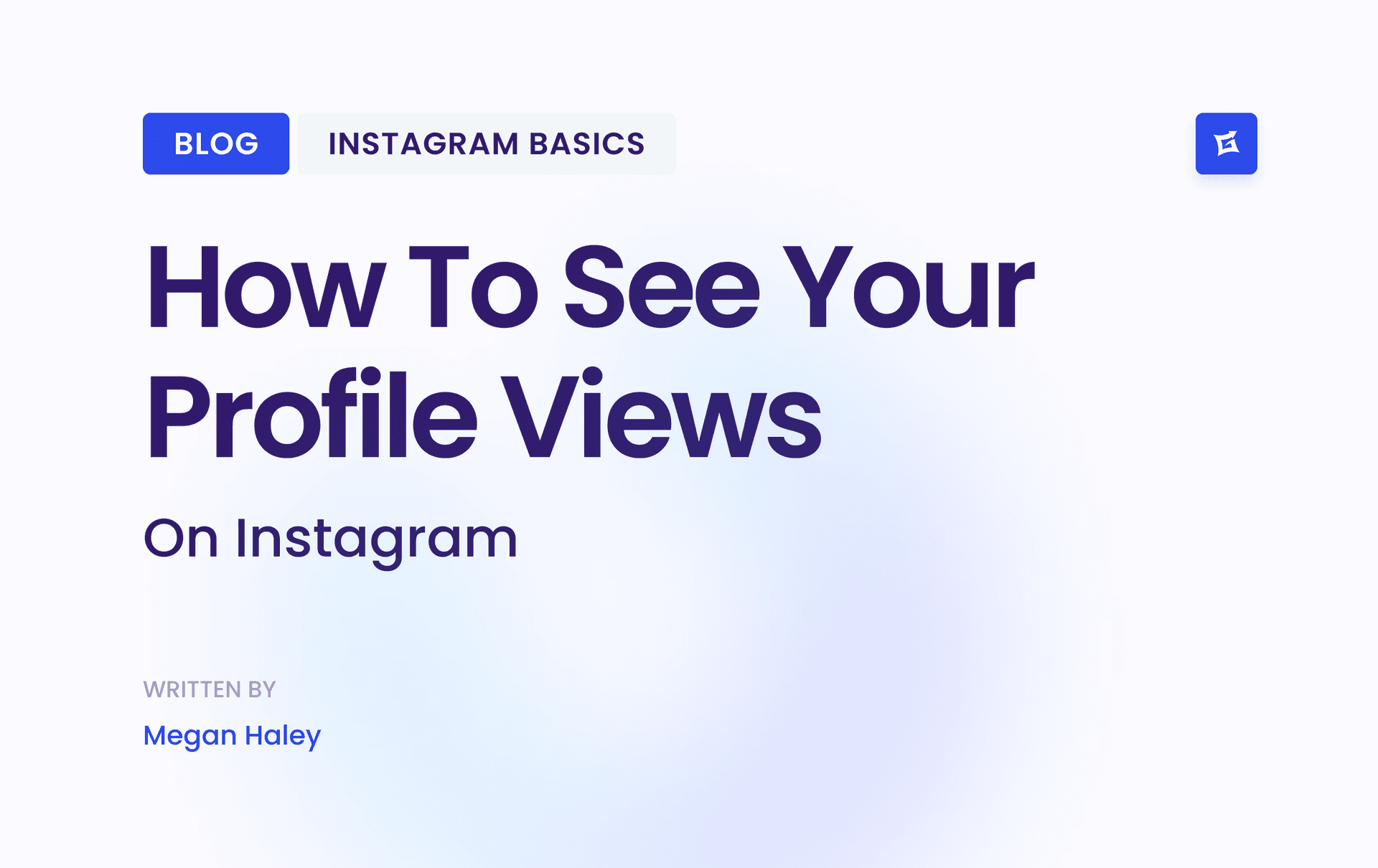
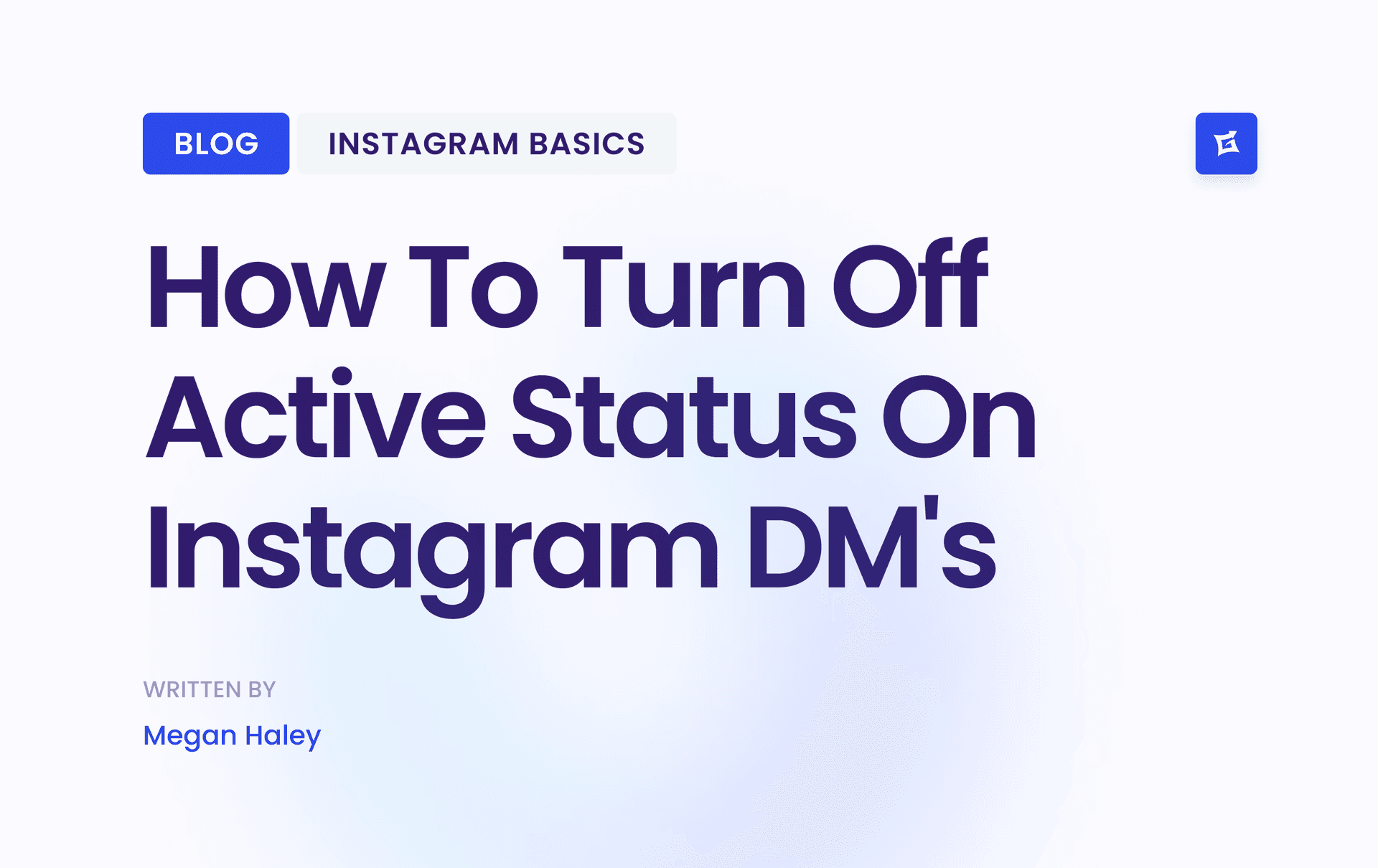
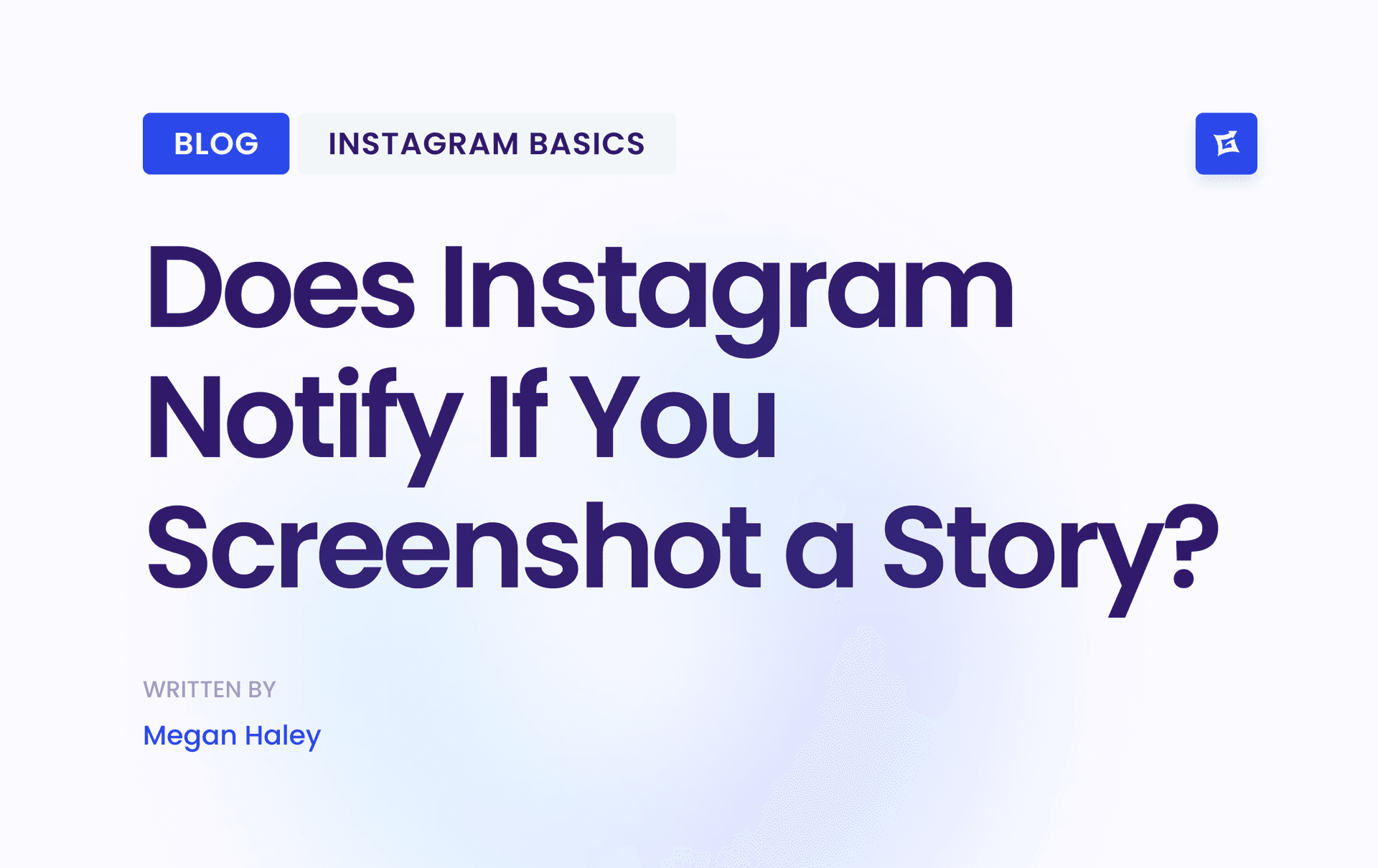



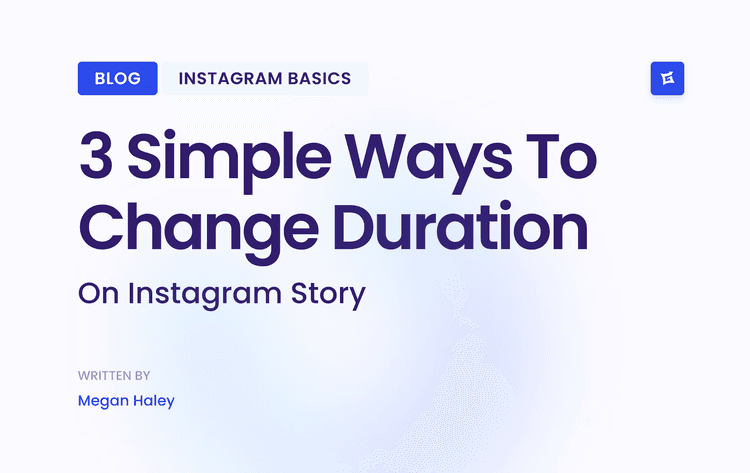
.png&w=750&q=75&dpl=dpl_9XSWKBjhcBN6v6b1SN7m3p1WWjfr)
